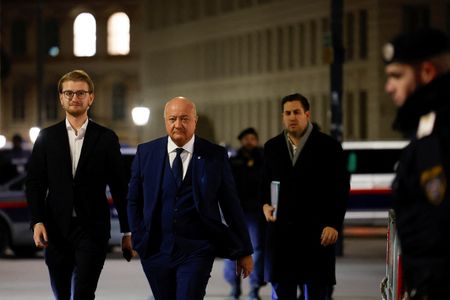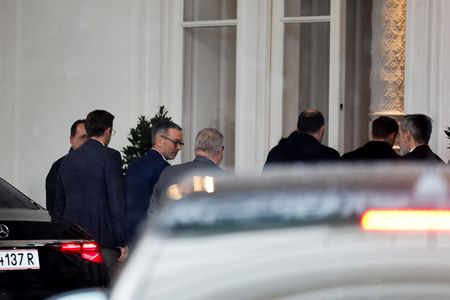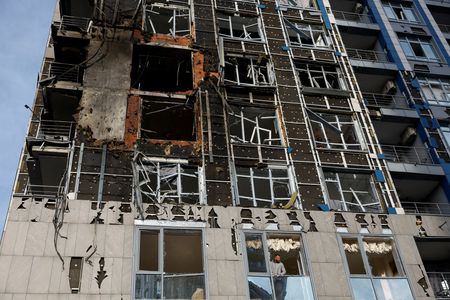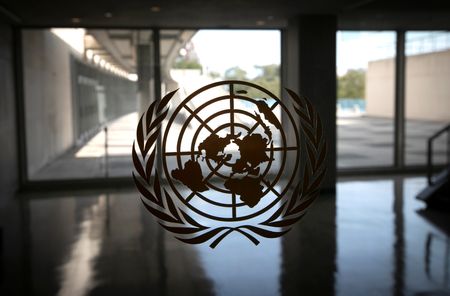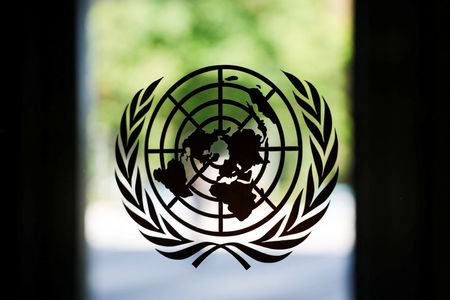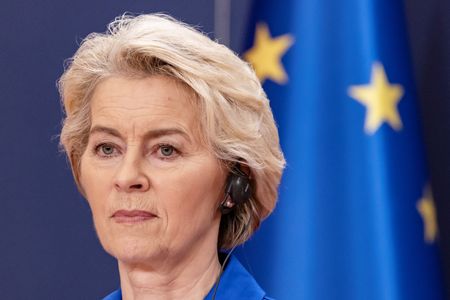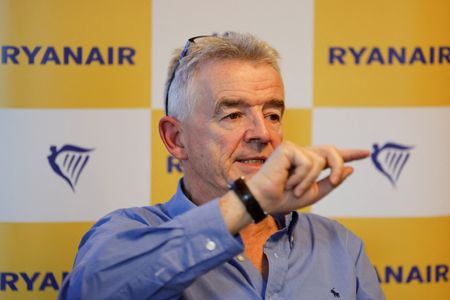VIENNA (Reuters) – Talks between Austria’s far-right Freedom Party (FPO) and the conservative People’s Party (OVP) have collapsed, dashing the FPO’s hopes of leading a government for the first time, at least for now.
It is the second bid to form a coalition to fail since the eurosceptic, Russia-friendly FPO won September’s parliamentary election with nearly 29% of the vote, ahead of the OVP on 26.3%.
The first attempt was led by the OVP, which sought a three-way tie-up with the Social Democrats (SPO) and liberal Neos, and then a two-way tie-up with the SPO after Neos pulled out.
The latest impasse means only the left-wing Greens have not been involved in coalition talks since the election. The OVP was the FPO’s only potential coalition partner.
The ball is now in President Alexander Van der Bellen’s court. As head of state, the former Greens leader oversees the formation of governments. The options are limited.
WHY DID THE LATEST TALKS COLLAPSE?
Despite going into the talks with similar objectives on tax and stemming illegal immigration, the two rival right-wing parties clashed over the European Union, sanctions on Russia, the future of Austria’s national broadcaster ORF and who should control the powerful finance and interior ministries. Even on immigration, the FPO and OVP ended up at loggerheads.
WHAT ARE THE OPTIONS NOW?
FRESH CENTRIST PUSH
Van der Bellen again instructing the OVP to lead coalition talks currently looks the likeliest option, given the other parties’ willingness. As the FPO-OVP talks teetered, the SPO and Neos said they would back a renewed attempt to form a centrist government.
The OVP and Neos blamed SPO leader Andreas Babler for the collapse of the previous talks. He has shifted his party to the left, making the introduction of wealth and inheritance taxes its flagship policy, which the OVP and Neos vehemently oppose.
An OVP-SPO coalition would have a majority of just one seat, which is widely seen as impractical since a single lawmaker’s absence could jeopardise the government’s agenda. Hence Neos’ inclusion in the first talks.
MINORITY GOVERNMENT
Neos could offer a looser form of support to an OVP-SPO coalition, backing initiatives they had already agreed on in their failed talks, for example.
Neos leader Beate Meinl-Reisinger said this month that during the failed talks she offered to form a minority government with the OVP, focused on cutting the budget deficit.
However, an OVP-Neos coalition would be 23 seats short of a majority in the 183-seat lower house, a much bigger shortfall than that of the only minority government since World War Two to have lasted more than a week, in the 1970s.
SNAP ELECTION
If Van der Bellen does not task a party with forming a coalition, Austria will head towards a snap election, which cannot be called at less than about three months’ notice, with polls suggesting the FPO would extend its lead over the OVP and SPO to more than 10 percentage points.
While that would strengthen its hand in any future coalition talks, the FPO would still need a coalition partner to form a stable government. A new election may therefore do little to change the stalemate.
Van der Bellen could appoint a government of civil servants or experts in the interim. The outgoing OVP-Greens government is currently serving in a caretaker capacity.
Such a government would lack authority to take significant steps, and one of the few things all parties agree on is the need to consolidate the budget. They just disagree on how.
(Reporting by Francois Murphy; Editing by Dave Graham and Alex Richardson)

